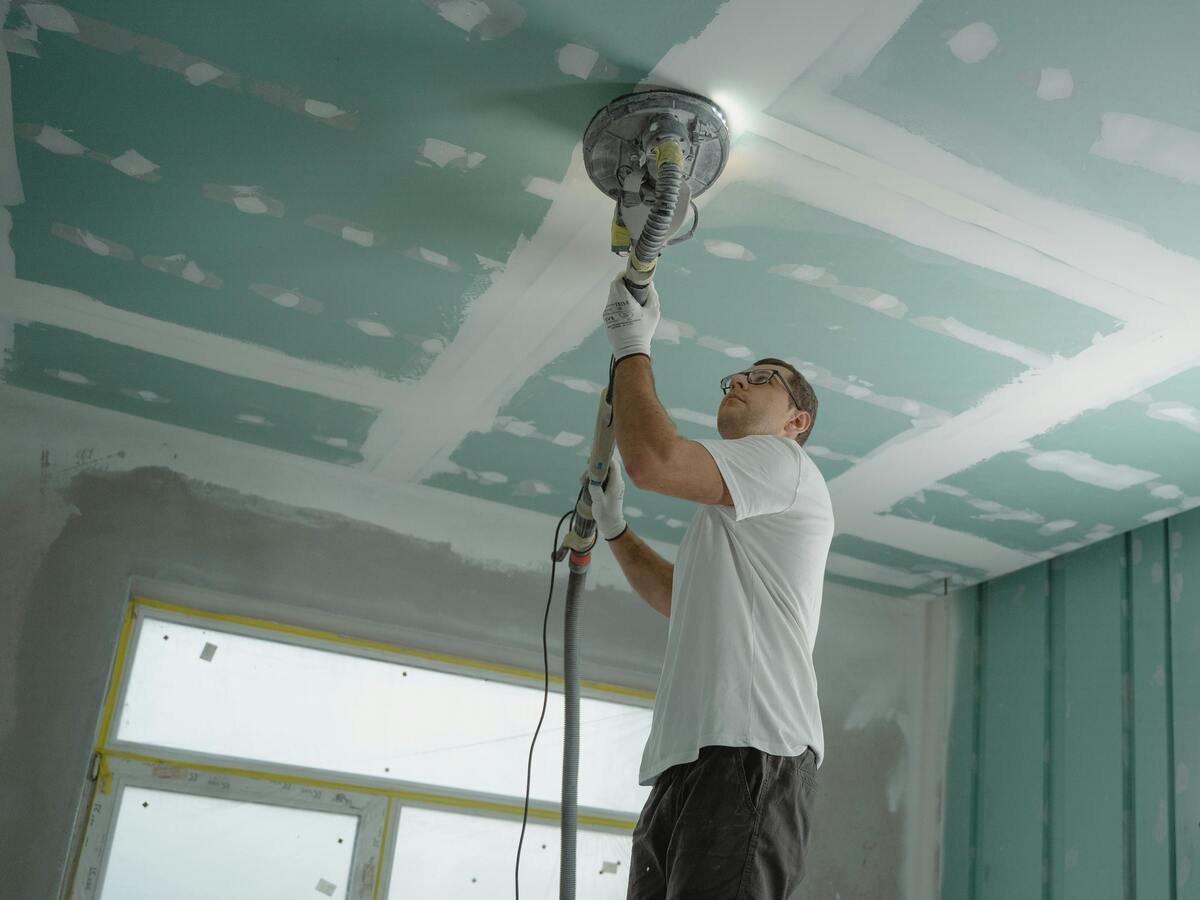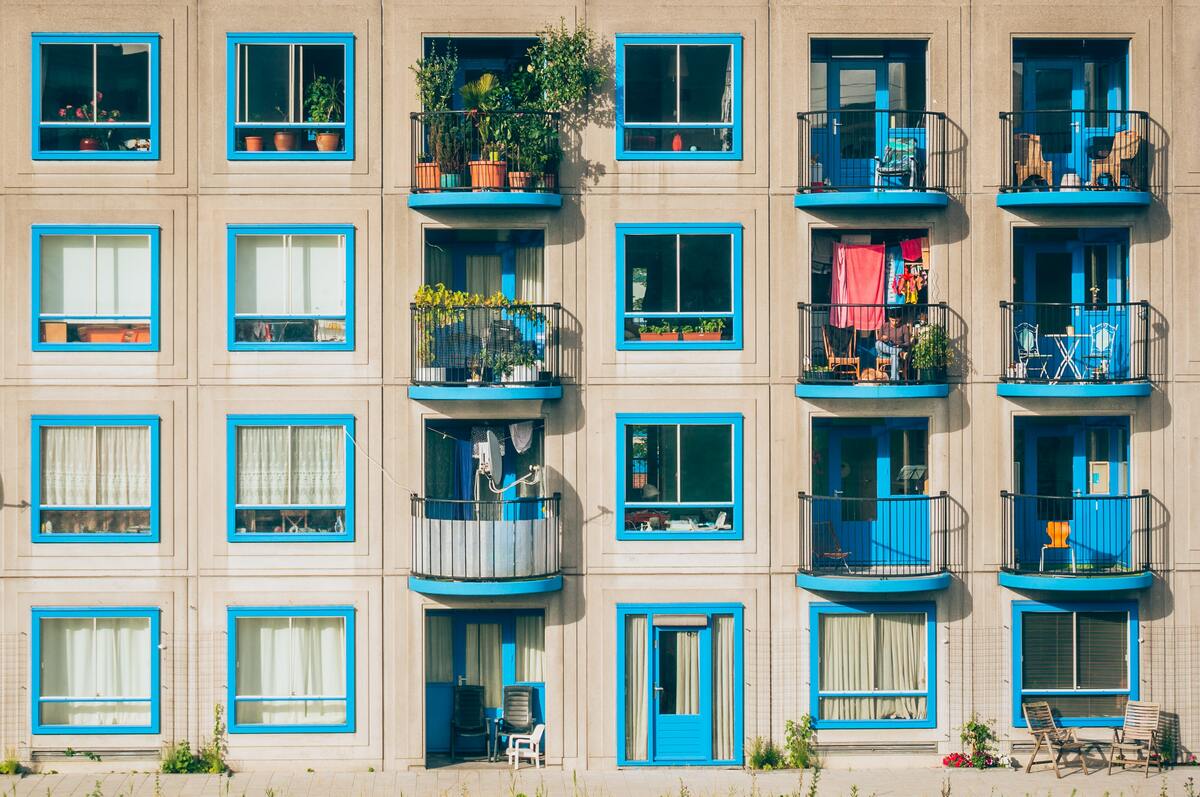![]() We noticed a significant difference when our landlord change from our previous management company to Fine Living. We received information and response to our inquiries very quickly and when needed, we were able to communicate more effectively with the landlord. We felt that Simon cared not only about the landlord but also us, the tenants.
We noticed a significant difference when our landlord change from our previous management company to Fine Living. We received information and response to our inquiries very quickly and when needed, we were able to communicate more effectively with the landlord. We felt that Simon cared not only about the landlord but also us, the tenants.
When looking for a property to buy or rent, you may come across some maisonettes. But what is a maisonette and how does it compare to a flat or a house?

Article written by Simon Jackson, the Managing Director of Fine Living and a property expert with more than 20 years of industry experience. Simon has worked for large corporates as well as boutique agencies – now he brings the best of both worlds to Fine Living. Having lived in London for over two decades too, his knowledge of the property market in the UK capital is second to none.
It’s not quite the same as a house and it’s often quite different to a typical flat. So, what is a maisonette exactly?
Officially, the government puts maisonettes into the same category as flats and apartments. In England and Wales more than 5m people (around 22% of households) live in a flat, apartment or maisonette according to 2021 Census data.
But in London, around 55% of the properties are flats or maisonettes, council tax data from the same year shows. Out of all flats, only a very small proportion are likely to be maisonettes – that means that if you see one you like, it could be a rare find.
But what is a maisonette exactly and is it right for you? Let’s take a look at the differences between maisonettes, flats and apartments, plus the pros and cons.
Contents:
Key takeaways: Maisonette meaning
- The layout of maisonettes often includes residential space spanning two floors, which differentiates them from single-level apartments.
- Maisonettes typically offer more privacy compared to flats, thanks to their separate entrance and fewer communal areas.
- Living in a maisonette often provides increased storage space compared to traditional flats.
- While maisonettes can offer a house-like experience, they typically have less outdoor space than traditional houses.
What is a maisonette? (UK)
A maisonette is a type of residential property, usually a flat or apartment, set on two floors within a larger building or a house. ‘Maisonette’ comes from the French word meaning ‘small house’ and they combine some elements of both flats and houses.
It is a self-contained flat spread across two floors with its own front door or private entrance from the street. Key features of a maisonette include:
- Private entrance: You typically enjoy the benefit of a front door that opens directly onto the street or a shared hallway, rather than entering via a communal lobby.
- Split-level living: You make use of living space spread over two floors, connected internally by a staircase.
- House-like characteristics: Many maisonettes offer a layout and feel closer to a small house than to a single-storey flat.
- Outdoor space: Some maisonettes include a private garden, patio, or balcony, although this varies depending on the property.
- Conversion or purpose-built: You find maisonettes either as conversions within older houses or as part of purpose-built developments.
Post-war developments contributed to the increase of maisonettes in suburban areas to use land efficiently while offering more privacy than flats. Maisonettes usually include an internal staircase connecting two levels of living space.
Maisonettes are sometimes converted period houses, divided into two separate flats for rent or purchase. Upper maisonettes may offer potential for using the loft increasing living space, while lower maisonettes often have direct access to gardens, providing outdoor space.
In Scotland, a maisonette is typically one of a group of duplex flats accessed via a communal, not private entrance. In the US, maisonettes are often the top floor of a high-rise building, the penthouse.
A maisonette is not quite the same thing as a duplex. Find out more in this guide – what is a duplex apartment?
Leasehold and freehold maisonettes
It is important to confirm whether the maisonette is leasehold or freehold before buying to inform your decision.
Ownership of a leasehold maisonette is for a specific period defined by the lease agreement. Find out how much it costs to extend a lease on a flat in the UK.
A leasehold maisonette may have a more minimal service charge since if there are no or few communal areas to maintain, but you will pay ground rent to the freeholder. Maintenance responsibilities for leasehold maisonettes usually don’t apply to shared areas as they are limited in scope.
A freehold maisonette means you own the entire building and the land it is built on. In a shared freehold arrangement, maintenance is managed jointly between owners.
Upper maisonettes are responsible for the roof and guttering maintenance, while lower maisonettes handle ground floor and foundations.
What is a maisonette? Flats vs maisonettes
Here are the main differences between flats and maisonettes:
Private entrance
- Most maisonettes feature a private entrance, often with direct access from the street or a shared hallway.
- Flats usually rely on a communal entrance that all residents in the block share.
Layout and levels
- Maisonettes cover two floors, connected internally by a staircase, giving you a split-level living arrangement.
- Flats typically occupy one storey, so all rooms sit on the same level.
Outdoor space
- A maisonette may offer a private garden space, patio or balcony, depending on the design and age of the property.
- Most standard flats do not provide private outdoor space, with outdoor areas often communal or absent altogether.
What is a maisonette? Houses vs maisonettes
Here are the main differences between houses and maisonettes:
Structure
- A house is a terraced, fully detached, semi-detached or link-detached property, usually sitting alone on its own plot of land. When you buy a house, you typically own both the building and the land underneath it – houses are almost always freehold.
- A maisonette forms part of a larger building. Although you get your own private entrance and split-level living space, you usually only own the property itself and not the whole building or land.
Layout and space
- Houses usually offer more space, with three to five bedrooms, loft space and extra storage. You will find larger living spaces and additional rooms for growing families.
- Maisonettes normally have up to two bedrooms, spread over two floors, but rarely match the size or flexibility of a house.
Privacy and outdoor area
- A house usually features its own garden, front and back, often a driveway or garage too. You benefit from a clear boundary and more space between neighbours.
- Maisonettes may have a small private garden, balcony or patio, but some outdoor spaces can be shared with neighbours. You may also be closer to those living above, below or beside you
Maintenance responsibilities for maisonettes may be shared among residents, especially if the property is a leasehold.
Maisonette vs flat vs house property types: Advantages & disadvantages
With maisonettes you enjoy the benefit of a private entrance, often with direct access from the street or through a shared hallway.
The split-level layout means you can separate your living and sleeping areas, so the property delivers a more house-like feel compared to standard flats.
Depending on the specific maisonette, you might also have access to a private garden, patio or balcony, giving you some valuable outdoor space.
Maisonettes typically have fewer immediate neighbours, especially when yours occupies the upper or lower part of a building. This arrangement can mean less noise and a greater sense of peace.
In many cases, you find that maisonettes cost less than detached or semi-detached houses in the same area, so buyers can access house-like features without paying house prices.
However, choosing a maisonette over a house has some compromises:
- You usually only own the maisonette itself, not the whole building or the surrounding land. Many maisonettes are leasehold rather than freehold, which means you may need to pay ground rent and service charges.
- In some cases, you share gardens or hallways with neighbours, so you may not have exclusive use of these areas.
- Because maisonettes form part of a larger building, noise from neighbours above, below, or beside you can be a problem.
- Space in maisonettes is generally more limited than in houses, with fewer bedrooms and less storage.
- If you want to make significant alterations to your home, you may face extra hurdles, as changes often require permission from freeholders or neighbouring property owners, especially in shared buildings.
For more on this issue, read our guide – do you need planning permission for a loft conversion?
Final thoughts: Maisonette meaning
Maisonettes are generally more affordable than standalone houses, making them popular among those seeking house-like living conditions. As with other properties, price ranges vary, from luxury properties and those in prime locations to more affordable options.
Maisonettes are often preferred by those seeking more space than traditional flats, but less responsibility than a house.
I hope you found this article useful and for other guides, take a look through the Fine Living blog. In my most recent guide, I covered the Renters’ Rights Bill.
Some of the most popular articles include:
- How Do I Find Out What Restrictive Covenants Are On My Property?
- Buying Property Through A Limited Company
- Non Resident Landlord Scheme (NRLS)
- Do I Need A HMO Licence For 3 Tenants?
- What Are The Pros And Cons Of Zero Deposit Schemes?
Here at Fine Living, there’s a wide range of beautiful London properties available to buy or let, including maisonettes when they’re on the market – browse the portfolio to find out more.
If you have any questions or would like to enquire about one of our properties, please don’t hesitate to get in touch.
Want to discuss the advice on this blog - or anything else?











